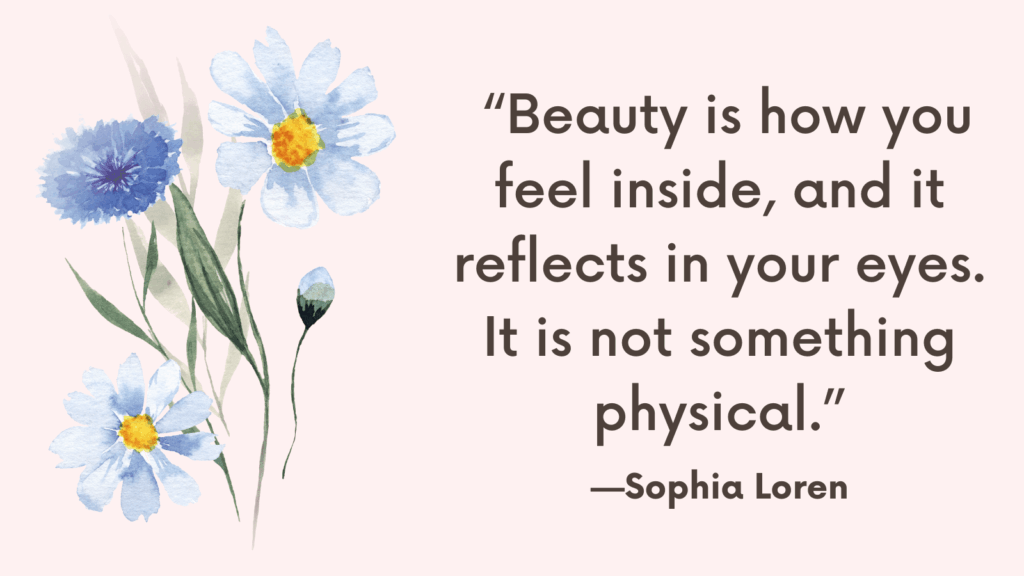This post addresses Premenstrual Dysphoric Disorder (PMDD), a severe form of premenstrual syndrome (PMS) that often goes unrecognized and untreated.
We’ll explore the differences between PMDD and PMS, and discuss effective treatment options for managing these conditions.
What is PMDD?
PMDD stands for Premenstrual Dysphoric Disorder, a condition characterized by severe emotional and physical symptoms that occur during the luteal phase of the menstrual cycle, typically the week before menstruation starts.
Unlike PMS, which affects up to 75% of women with milder symptoms, PMDD is much more intense and debilitating, affecting 3-8% of women. (source)
Symptoms of PMDD
The symptoms of PMDD are divided into emotional and physical categories.
To be diagnosed with PMDD, a woman must experience at least five symptoms, with at least one from the emotional category, consistently during the luteal phase.
These symptoms improve within a few days after the onset of menstruation and are minimal or absent in the week following menstruation.
Emotional Symptoms:
1. Mood Swings: Sudden feelings of sadness, tearfulness, or sensitivity to rejection.
2. Irritability or Anger: Increased conflicts with others.
3. Depression: Feelings of hopelessness or self-deprecating thoughts.
4. Anxiety: Heightened tension, feeling keyed up or on edge.
Physical Symptoms:
1. Decreased Interest in Usual Activities: Loss of interest in work, school, or social activities.
2. Difficulty Concentrating: Trouble focusing or thinking clearly.
3. Fatigue: Low energy levels and feeling easily fatigued.
4. Changes in Appetite: Overeating or specific food cravings.
5. Sleep Disturbances: Insomnia or sleeping too much.
6. Feeling Overwhelmed: A sense of losing control.
7. Physical Symptoms: Breast tenderness, swelling, headaches, joint or muscle pain, bloating.
Causes of PMDD
The exact cause of PMDD is not well understood, but it is believed to be related to hormonal changes during the menstrual cycle.
The key factor appears to be a sensitivity to the natural fluctuations in hormone levels, particularly the drop in progesterone that occurs after ovulation.
Progesterone is converted to allopregnanolone, a hormone that has a calming effect on the brain by binding to GABA receptors.
A drop in allopregnanolone levels can lead to increased anxiety and depression.
Related: Top 45 Self Care Day Ideas at Home To Kickstart Your Self Care Ritual
Treatment Options for PMDD
Medication:
1. SSRIs (Selective Serotonin Reuptake Inhibitors): Medications like fluoxetine, sertraline, and paroxetine are FDA-approved for PMDD. These can be taken intermittently (only during the luteal phase) or continuously.
2. Pain Relievers: Over-the-counter pain medications can help manage physical symptoms like headaches and cramps.
Lifestyle Modifications:
1. Diet: Reducing intake of caffeine, sugar, nicotine, and alcohol can alleviate symptoms. Eating a balanced diet with reduced sodium can also be beneficial.
2. Exercise: Regular physical activity, such as aerobic exercises, can improve mood and energy levels.
3. Sleep: Ensuring 7-9 hours of sleep per night is crucial for managing symptoms.
4. Stress Management: Techniques like mindfulness, yoga, and deep breathing exercises can help reduce stress and improve overall well-being.
Nutritional Supplements:
According to the Mayo Clinic, these supplements may be worth a try:
1. Calcium: 1200 mg per day.
2. Vitamin B6: 50-100 mg per day, but no more than 100 mg to avoid potential nerve damage.
3. Magnesium: Can help with bloating and mood swings.
4. Vitamin E: May help reduce breast tenderness and pain.
5. Herbal Remedies: Chasteberry (agnus-castus) and ginkgo biloba have shown some promise in studies.
Other Treatments:
1. Light Therapy: Particularly useful for those who also experience Seasonal Affective Disorder (SAD). More research is needed to determine the optimal duration and intensity.
2. Cognitive Behavioral Therapy (CBT): Can help manage emotional symptoms by addressing negative thought patterns.
Related: How To Nurture Yourself? Top 12 Tips

Conclusion
PMDD is a severe form of PMS that can significantly impact a woman’s life. Understanding the symptoms and seeking appropriate treatment can lead to better management and improved quality of life. If you suspect you have
PMDD, keep a symptom diary and consult with your healthcare provider to discuss your options. With the right approach, you can find ways to manage your symptoms effectively and maintain a healthy, balanced life.



